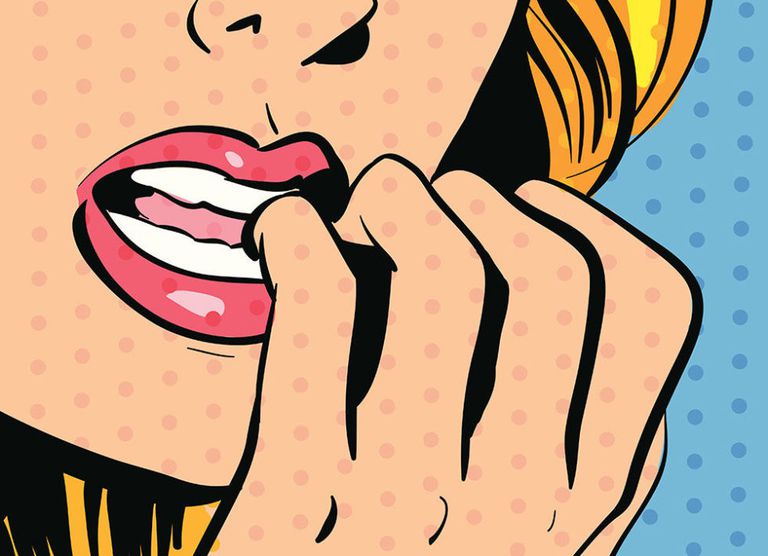What are the most common causes of nail biting, both casual and chronic?
The exact cause of nail biting (onychophagia) is currently unknown but there are studies that show a genetic relationship and nail biting may be more common with certain psychiatric disorders such as anxiety and obsessive compulsive disorder (however studies have shown conflicting results). Nail biting has also been shown to be associated with boredom or a lull in activity.
The association of anxiety with onychophagia is controversial with some studies showing no difference in the prevalence of anxiety in nail-biters versus non-nail biters while other studies did report an association.
(3Pacan P, Grzesiak M, Reich A, et al.Onychophagia and onychotillomania: prevalence, clinical picture and comorbidities. Acta Derm-Venereol.2014;94:67–
The data relating onychophagia to obsessive compulsive disorder (OCD) is limited and many studies do not include a control group. In one study, the authors found a trend for a higher prevalence of nail biting among subjects with OCD in comparison with control subjects. The take home message is that the relation btw anxiety and OCD and nail biting is unclear
How Common is Nail Biting?
Onychophagia is a common disorder affecting 20–30% of the general population. However, its prevalence is likely underestimated, as patients are often embarrassed to seek help from physicians
What are the symptoms of nail biting ie. what do the nails look like in a nail biter?
Nails tend to be abnormally short and uneven. Cuticles may be absent or ragged and nail folds may be in varying stages of healing. Splinter hemorrhages are often present (longitudinal black thin lines in the nail that look like splinters).
What other skin/nail/health issues might it lead to?
Nail biting can lead to a host of complications:
1)Longitudinal melanonychia – pigmented bands in the nail can occur from inadvertently stimulation the melanocytes (melanin producing cells) that reside in the lunula (half moon region) of the nail.
2)Paronychia – inflammation of the skin surrounding the cuticle. Paronychias can be chronic (colonized by yeast) or acute (fluctuant, painful, bacterial infections)
3)Herpetic Whitlow-when Herpes virus of the mouth transfers to the finger
4)Oral/dental complications
What are the treatment options for nail biters?
Discussing habits can be a sensitive subject and one that is best handled by a medical professional. When there is a psychological component (anxiety/OCD) the client should be treated by a therapist and/or a psychiatrist.
Treatment options:
1.Habit Reversal - Encompasses awareness of the nail biting activity, warning signs, and development of a distracting competing response such as a stress ball, fidget cube or spinner or rubber band.
2.Bitter nail lacquers contain the unpleasant tasting compounds, denatonium benzoate and sucrose octaacetate, and are available over the counter. If nail biting is a very common issue in your salon, consider offering these products in the salon.
3.Utilizing a non-removable reminder, i.e. wristband, as a reminder to stop biting nails.
Any other expert tips on approaching the treatment of nail biting?
Dr. Dana Stern recommends that her patients keep a diary for several days to get a sense of when they are doing the habit and to see if there is a stimulus (stress, boredom). That way they can initiate habit reversal by having a competing response ready when they are most likely to engage in the habit.

